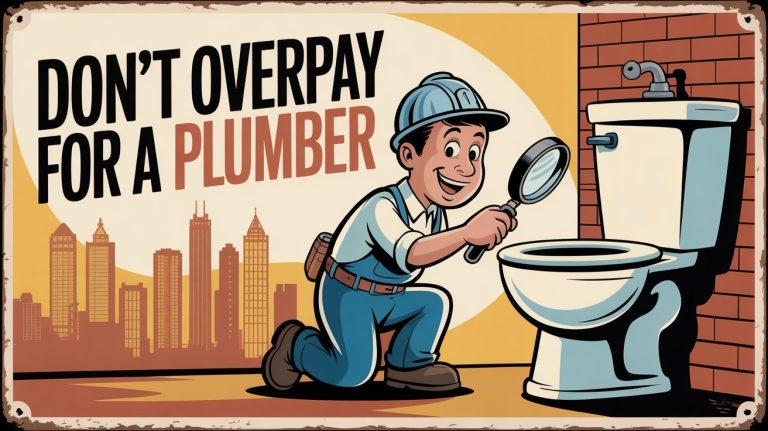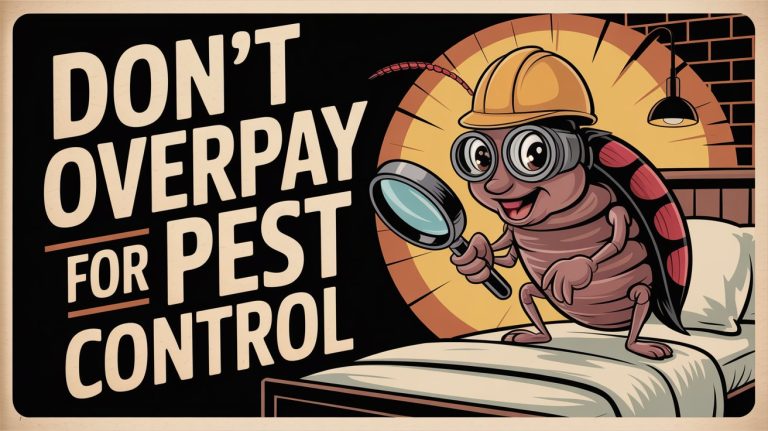
How to negotiate the best lawn care rates
Ah, the lawn—a stretch of green perfection that, ideally, makes your neighbors jealous, your kids happy, and your dog feel like royalty. But let’s face it: maintaining that luscious green carpet is easier said than done. Enter the professionals: lawn care companies. They promise a lawn so pristine it could win “Best in Show,” but their rates can sometimes feel like you’re funding a small nation. Don’t worry—I’ve been in this grassy game long enough to teach you how to get top-notch lawn care without selling a kidney or begging your neighbors for spare change.
Step 1: Know Your Lawn Before You Even Call
Here’s a secret: most people phone a lawn care company blind. They say, “Uh… my grass is green, maybe needs cutting?” You wouldn’t buy a car without knowing its make, model, and whether it has wheels, right? Same logic.
Before calling around, measure your lawn (or eyeball it if math isn’t your thing). Know the size, type of grass, and current issues—brown patches, dandelion infestations, or mysterious gopher tunnels. The more precise you are, the more accurate the quote. Companies love specificity—it avoids surprises, and guess what? Sometimes they’ll shave off a few bucks for a client who knows their turf.
Step 2: Don’t Put All Your Eggs in One Basket
Just because “Lawn Pros Unlimited” has a flashy truck and a catchy jingle doesn’t mean they’re the best deal. Call 3-5 companies, ask for quotes, and compare. Make it clear you’re shopping around. Lawn care is competitive, and most companies know they have to offer the best price to get your business.
Here’s a pro tip: don’t just focus on the dollar. Ask what’s included in the service. Some “cheap” quotes might be missing aeration, fertilization, or pest control. A higher upfront cost can actually save you money long-term if it prevents your grass from looking like the Sahara next summer.
Step 3: Timing Is Everything
If you’re thinking about calling in spring, brace yourself—this is peak season. Companies are busy, prices are higher, and getting an appointment can feel like trying to land a table at a sold-out restaurant.
Try scheduling services during the off-peak season or mid-week. Some companies offer discounts for early-bird bookings or flexible scheduling. If you’re willing to let them slide into your yard between their premium appointments, you could save 10-20%. That’s the difference between mowing your lawn and buying a couple of fancy garden gnomes.
Step 4: Bundle Services for a Better Deal
Most lawn care companies have a menu of services: mowing, fertilization, aeration, pest control, weed removal, leaf blowing, and possibly a small puppet show for squirrels (okay, maybe not that last one).
Bundling services is a classic move. Companies love it because it locks in multiple services and gives them recurring business. For you, it’s a chance to negotiate a discount. Ask, “If I book mowing, fertilization, and aeration, can you knock off a few bucks?” Most companies will say yes—everyone likes a win-win, especially when it involves not working extra hours for free.
Step 5: Be Polite but Persuasive
Negotiation doesn’t mean acting like you’re arm-wrestling over the price. It means being informed, friendly, and persuasive. Mention competitor quotes (nicely!), ask about promotions, and hint at long-term loyalty.
Example: “I really love your service, but Company B offered $75 for mowing. Could you match that if I sign up for a season?” This shows you’re serious but not unreasonable. A little charm can go a long way—companies want happy clients, not drama.
Step 6: Consider Long-Term Contracts
Some people avoid contracts like the plague, fearing they’re locked into bad service or rising rates. But hear me out: long-term agreements often come with perks. Monthly or seasonal contracts can secure a lower rate per visit, especially if you pay upfront.
Think of it as a “get-your-grass-happy” subscription. You get predictability, they get guaranteed income—it’s a win-win, like peanut butter and chocolate, but with less mess.
Step 7: Don’t Ignore Reviews and Reputation
A low price is tempting, but a shady company could leave you with a patchy lawn and a bad mood. Check reviews on Google, Yelp, or even local Facebook groups. Companies with solid reputations often have room for negotiation, but companies with poor reviews might “negotiate” by disappearing mid-job. Not ideal.
Pro tip: ask neighbors or friends for recommendations. If they love a company, that company might offer a referral discount when you sign up. Free savings? Yes, please.
Step 8: Pay Smart
Some companies give discounts for cash payments or auto-pay subscriptions. Others may include loyalty rewards or seasonal promotions. Ask upfront—it never hurts to know if there’s a way to save without compromising service.
Step 9: DIY for the Extras
Finally, consider doing some minor work yourself. Mulching, edging, or leaf blowing can often be handled in an hour or two. Ask the lawn care company to focus on the heavy-duty work (fertilization, aeration, mowing), and handle the easy stuff yourself. It can cut costs while still giving you that manicured look.
Step 10: Keep Communication Open
Good relationships with your lawn care company are like watering your grass—they keep things healthy. Provide feedback, schedule check-ins, and let them know what’s working and what isn’t. Happy clients often get extra perks, discounts, or last-minute deals when the company has an opening.
Bottom Line: Getting the best rate from a lawn care company isn’t rocket science—it’s a blend of preparation, timing, research, negotiation, and charm. Treat your lawn care providers like partners, not adversaries. Know your grass, shop around, bundle services, and negotiate politely. With a little strategy, your lawn will be the envy of the neighborhood, and your wallet won’t be weeping in the corner.
Remember: a great lawn doesn’t have to cost an arm and a leg—it just takes a little savvy, some friendly banter, and maybe a dash of humor. Now, go forth and conquer your grass empire!



